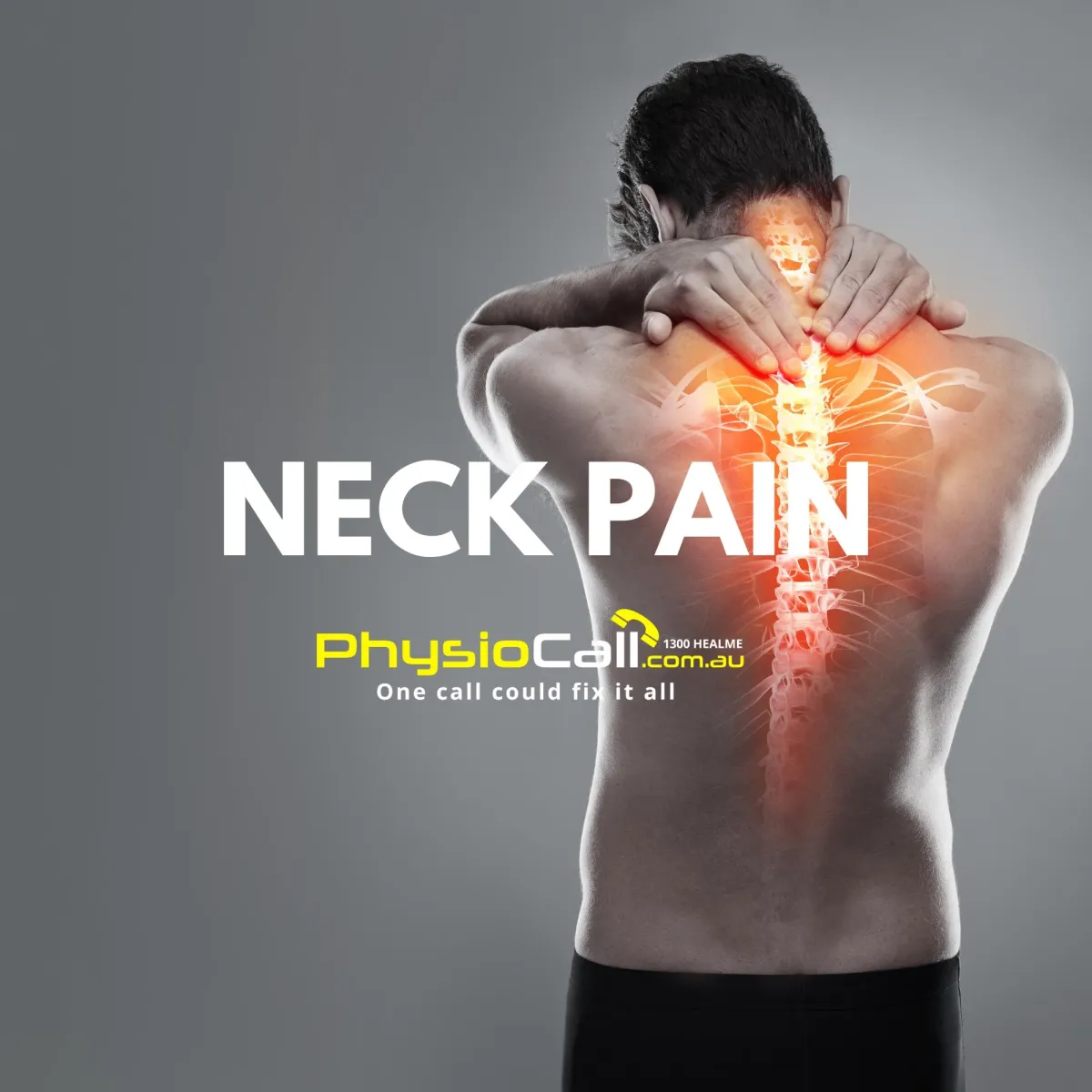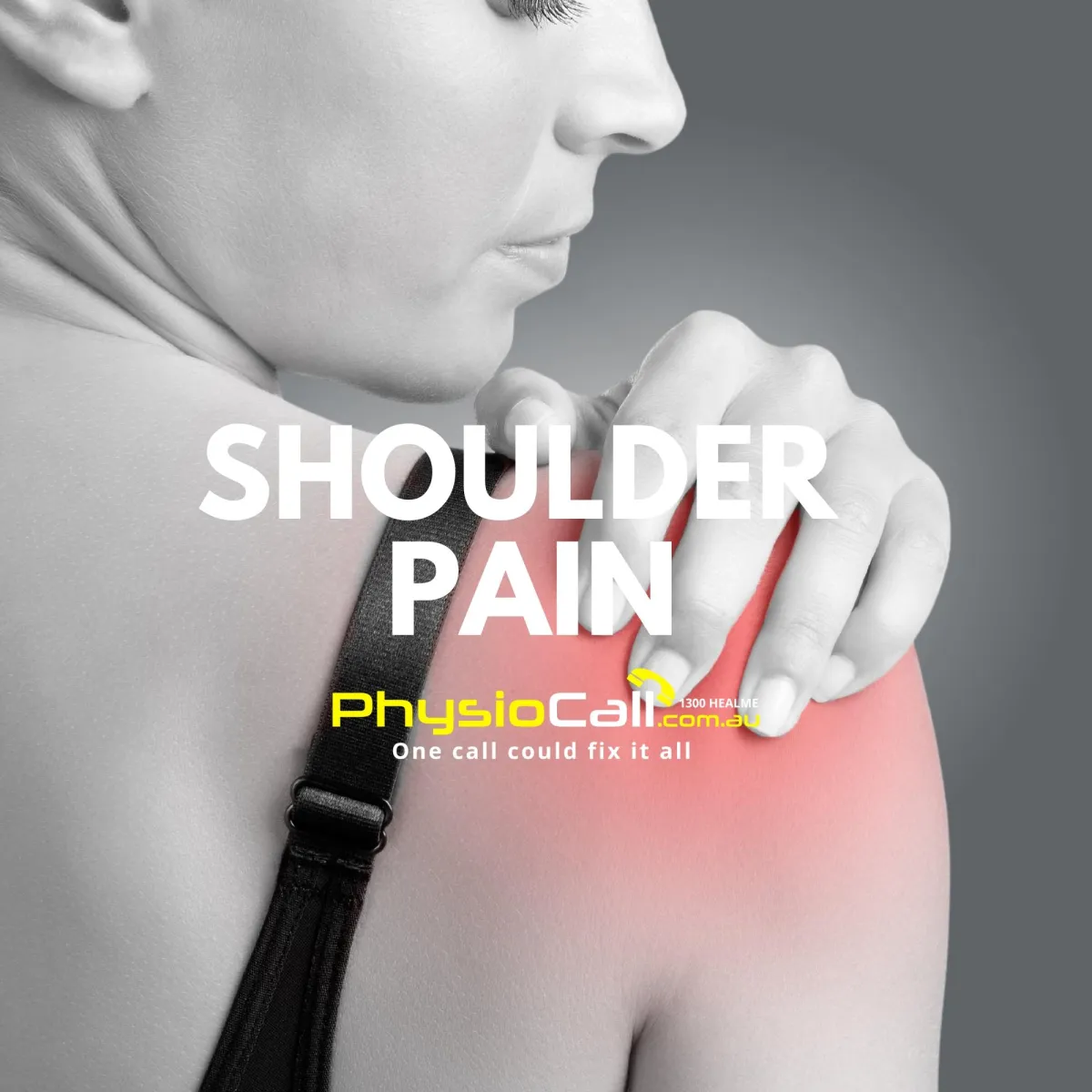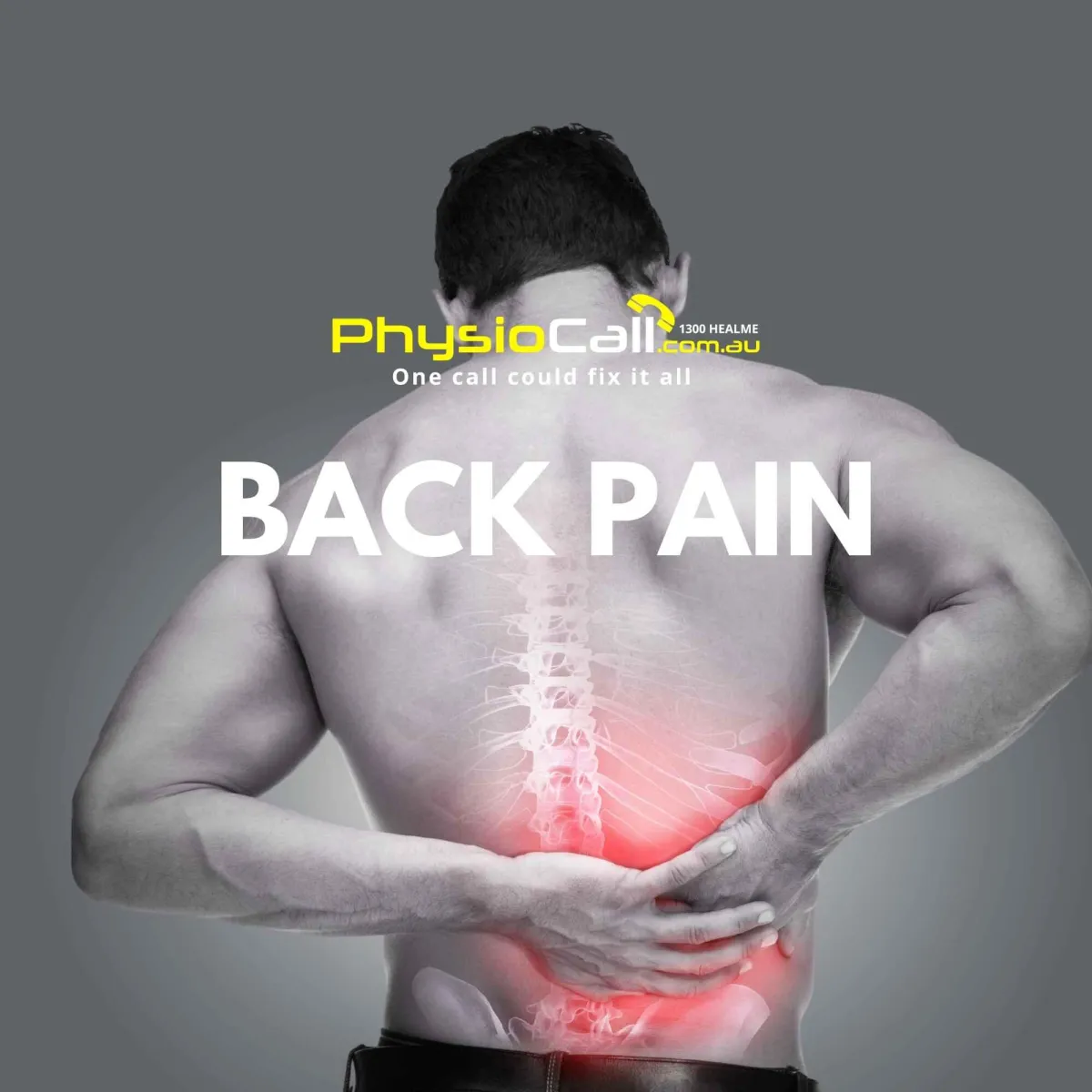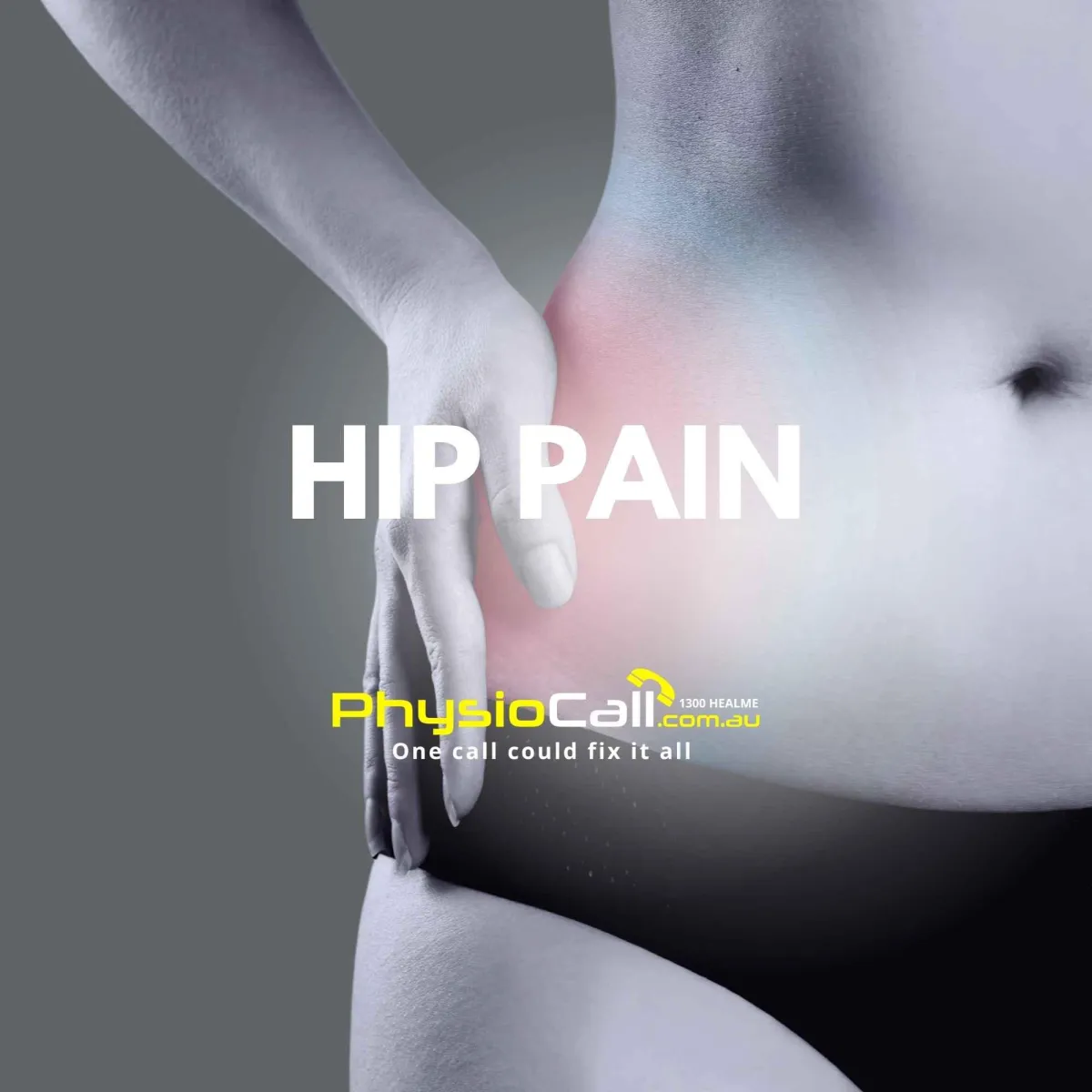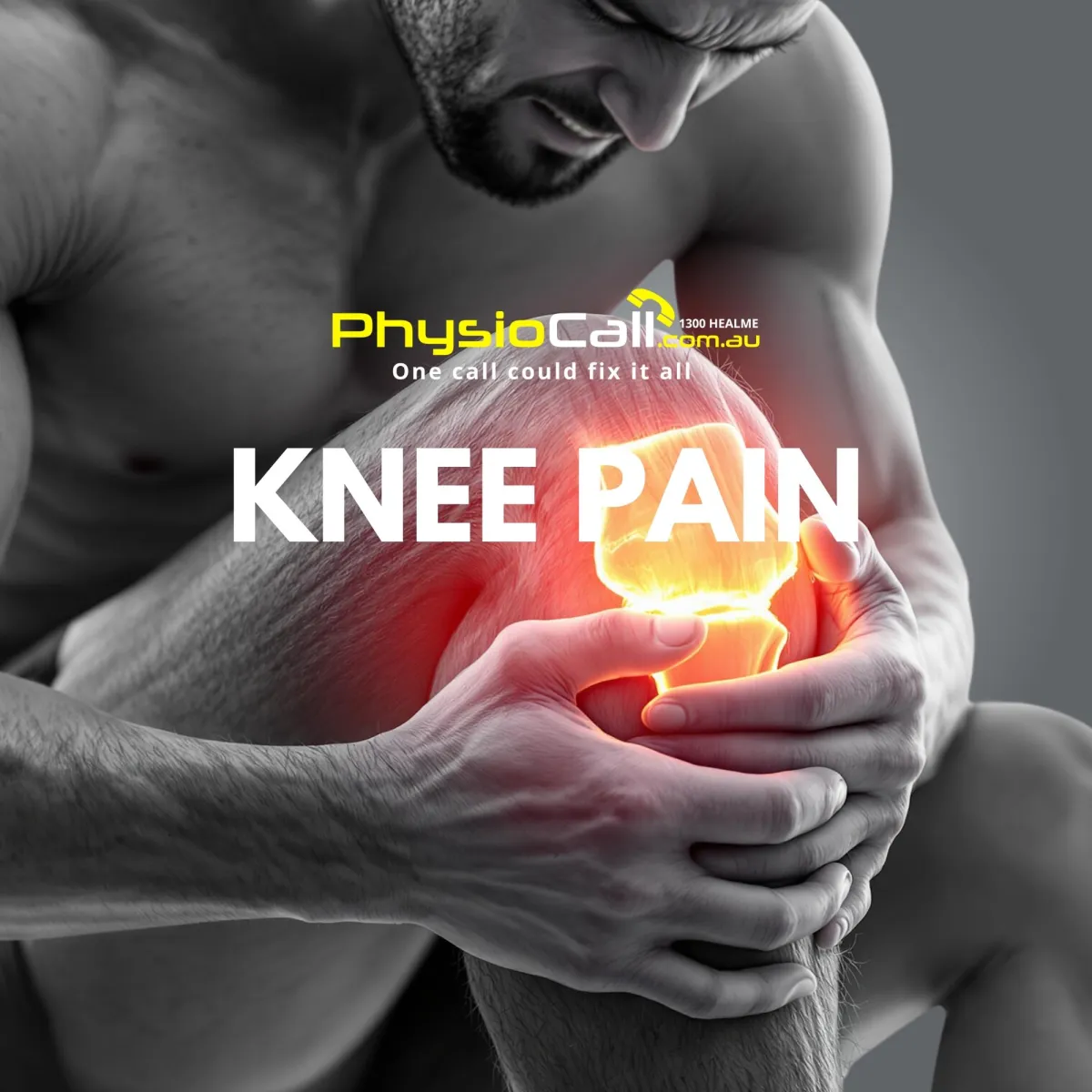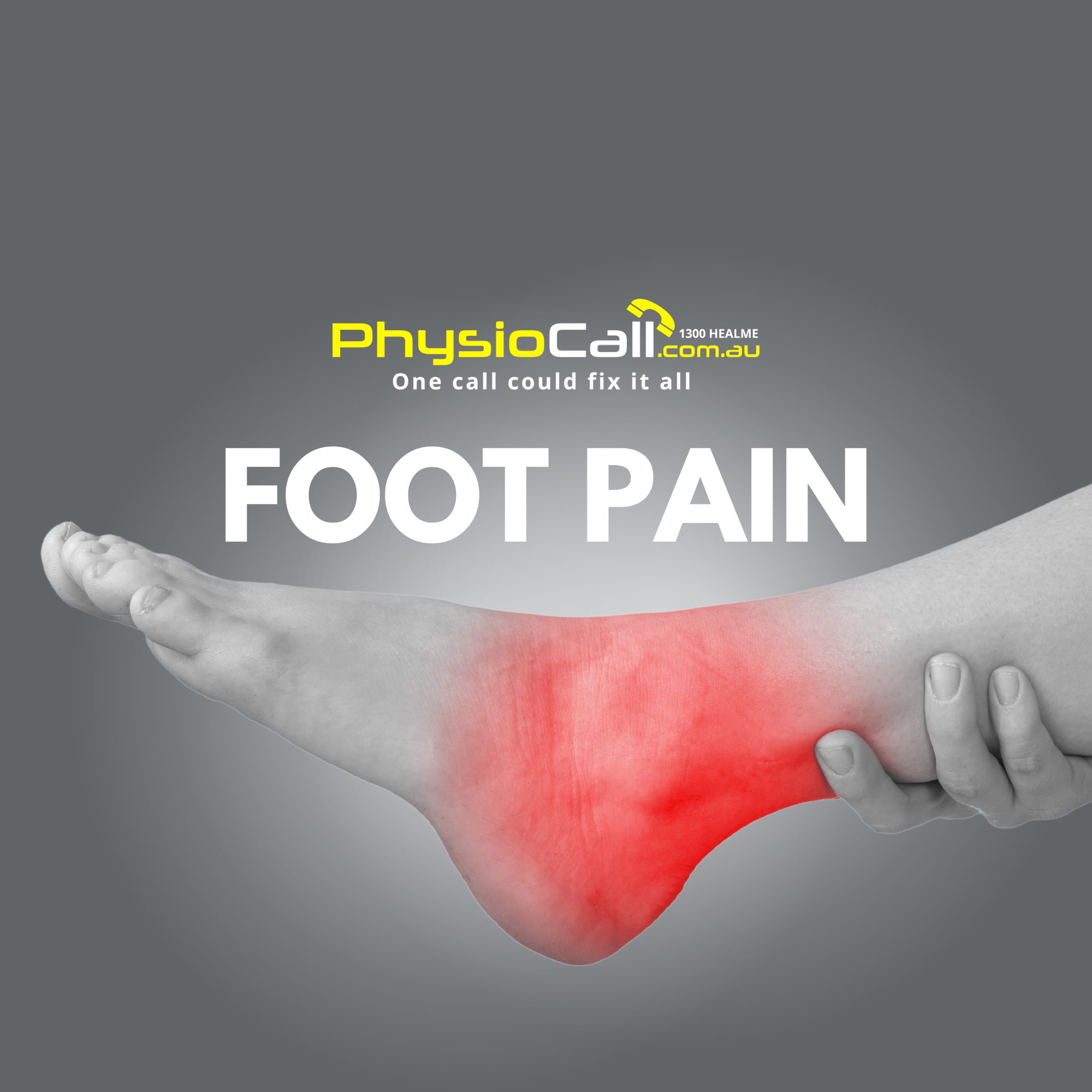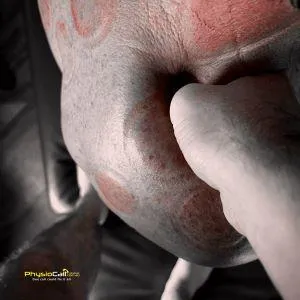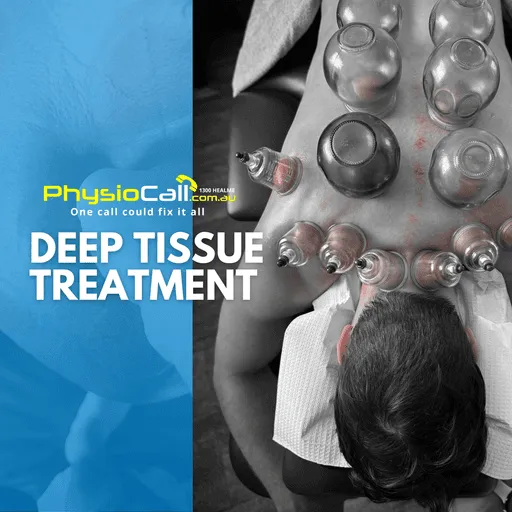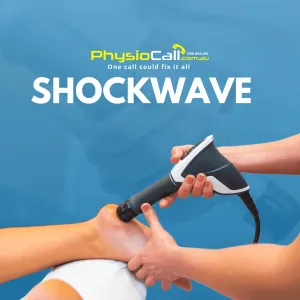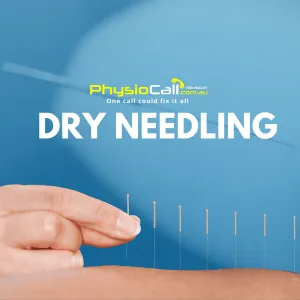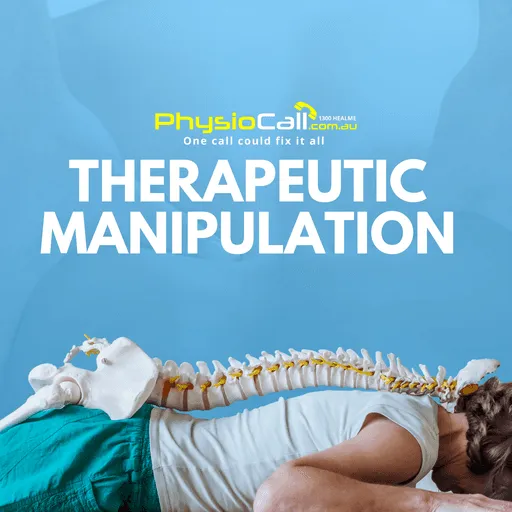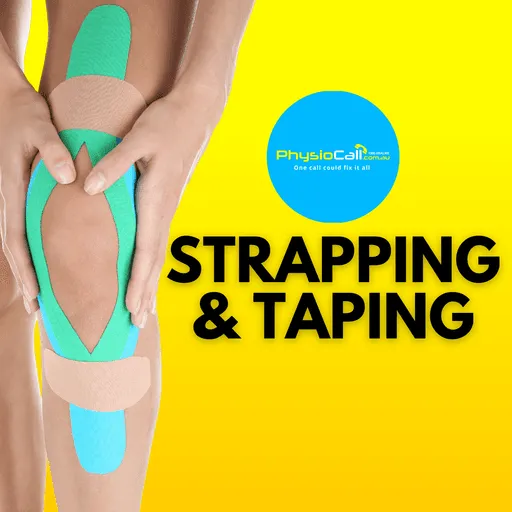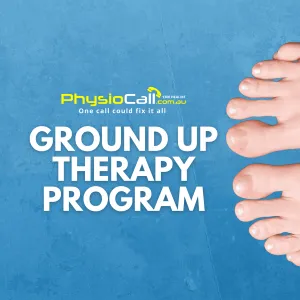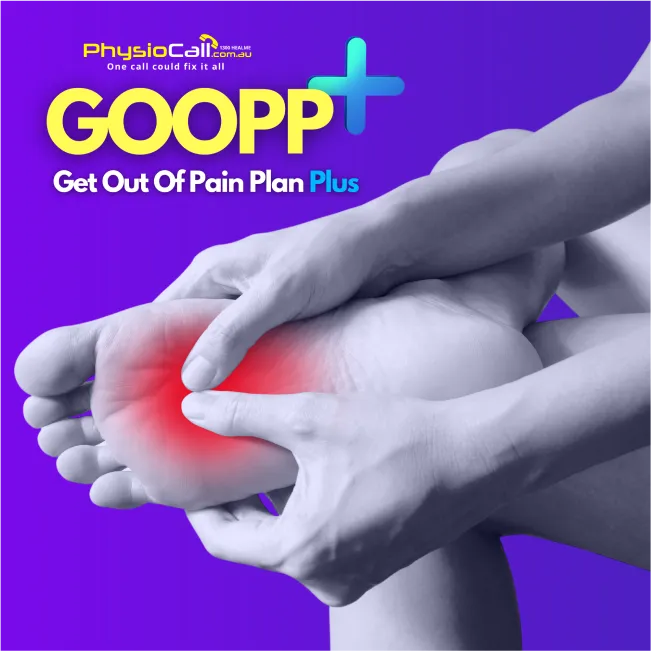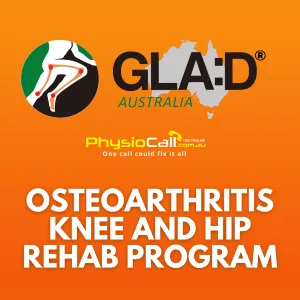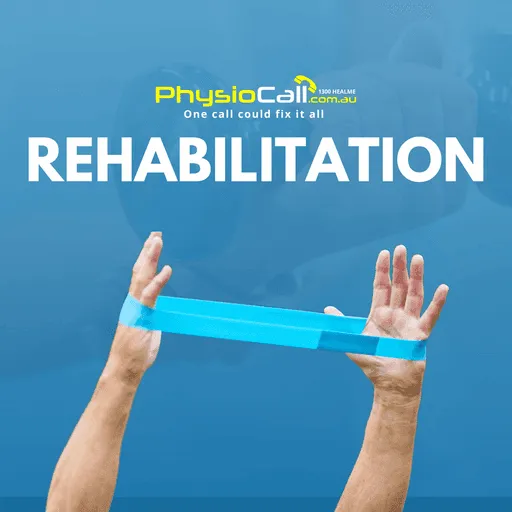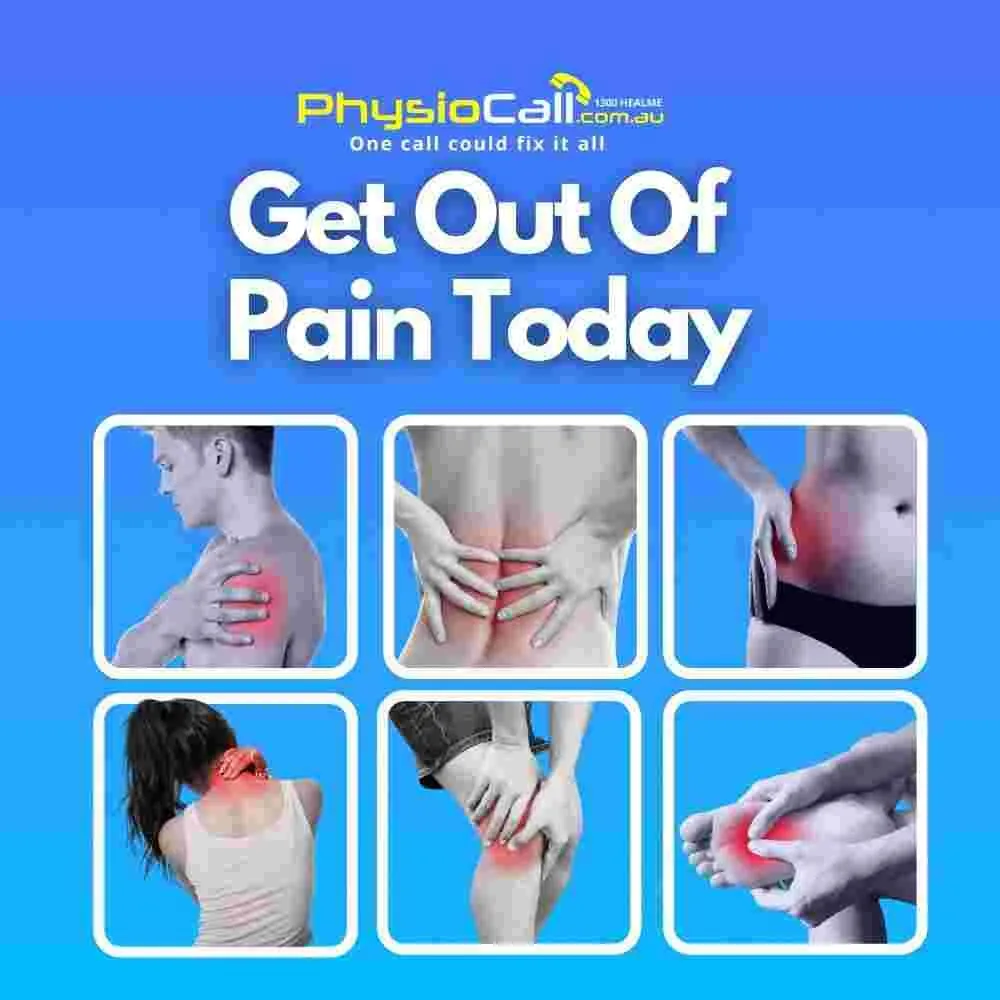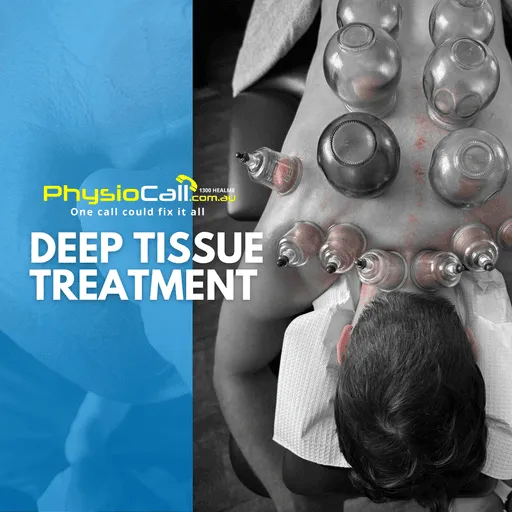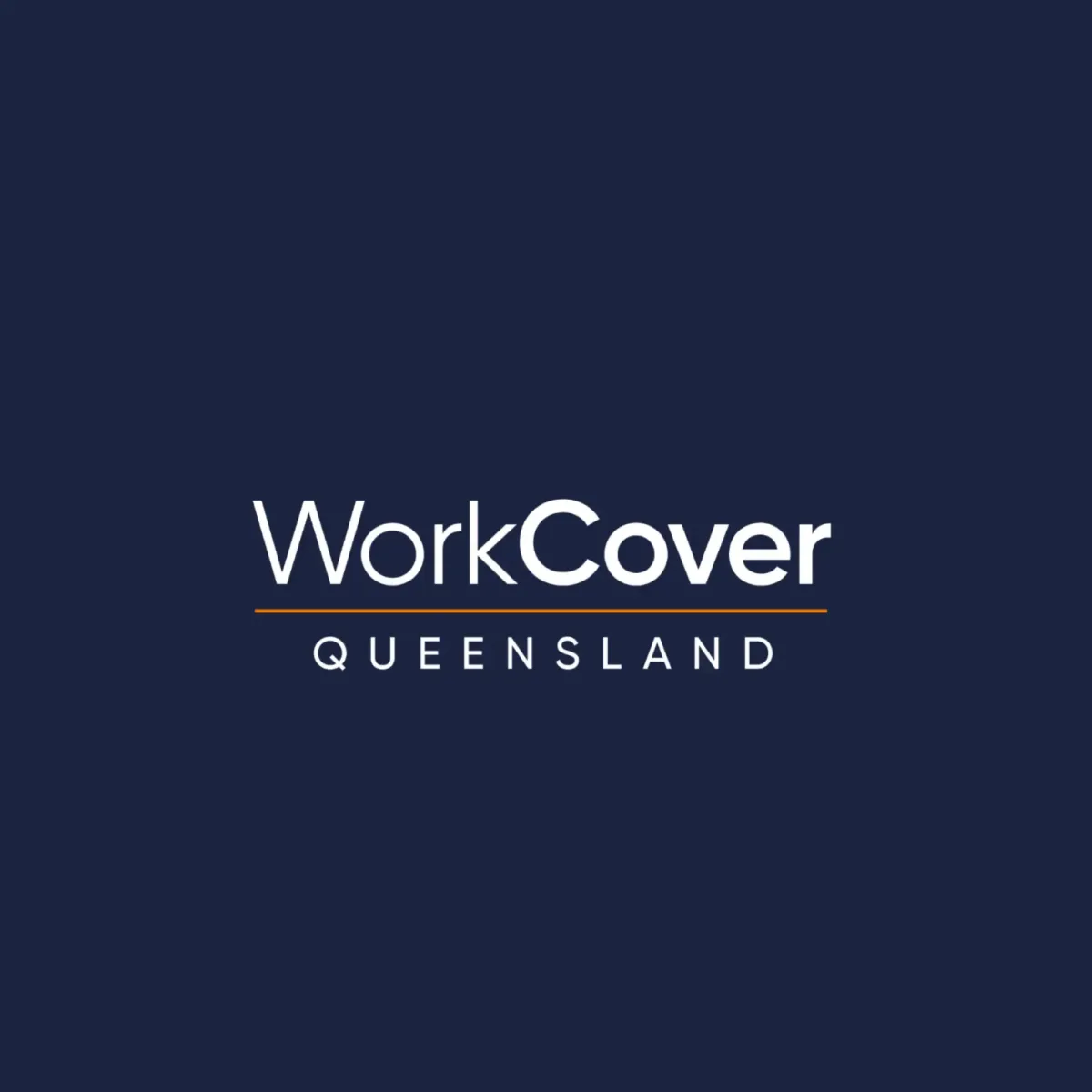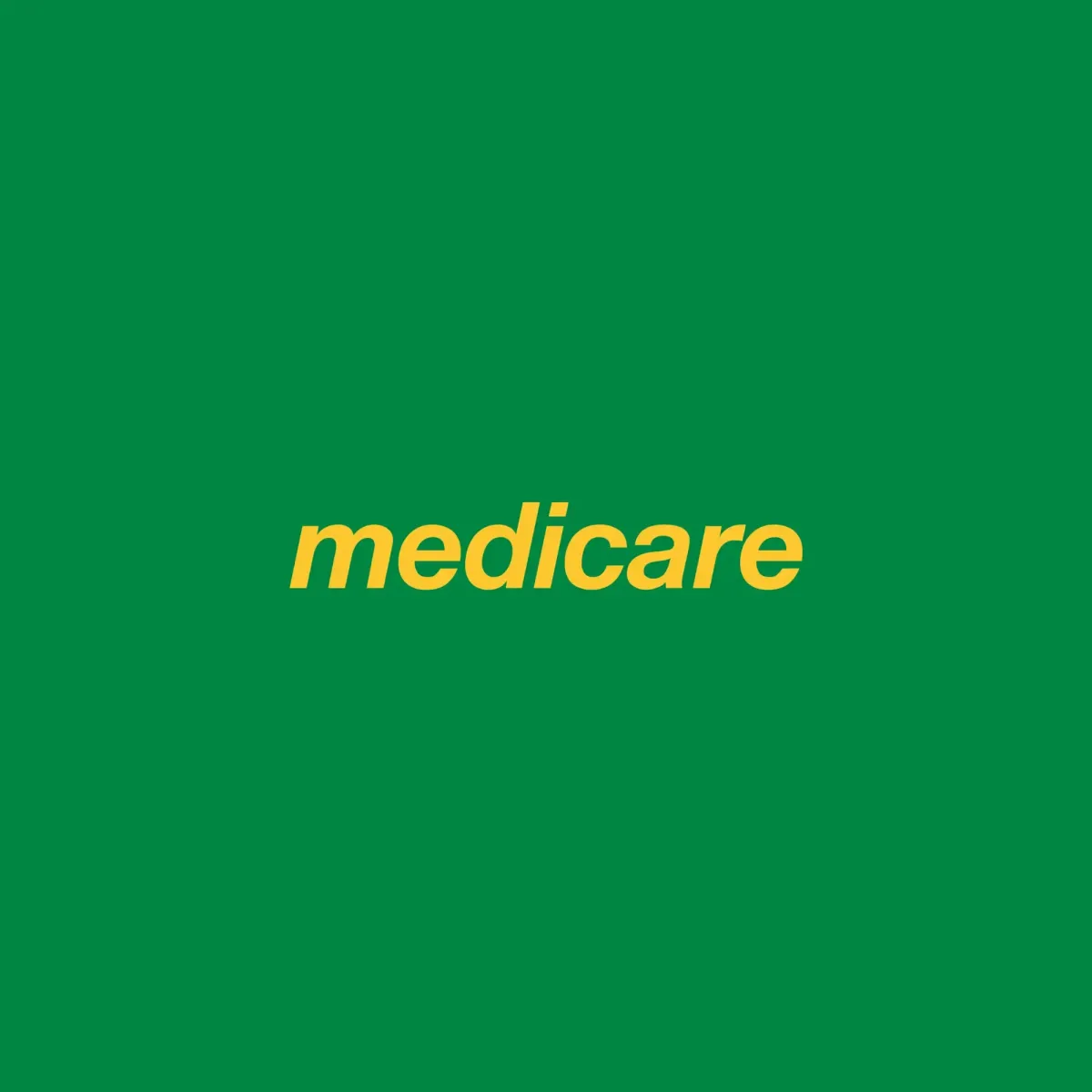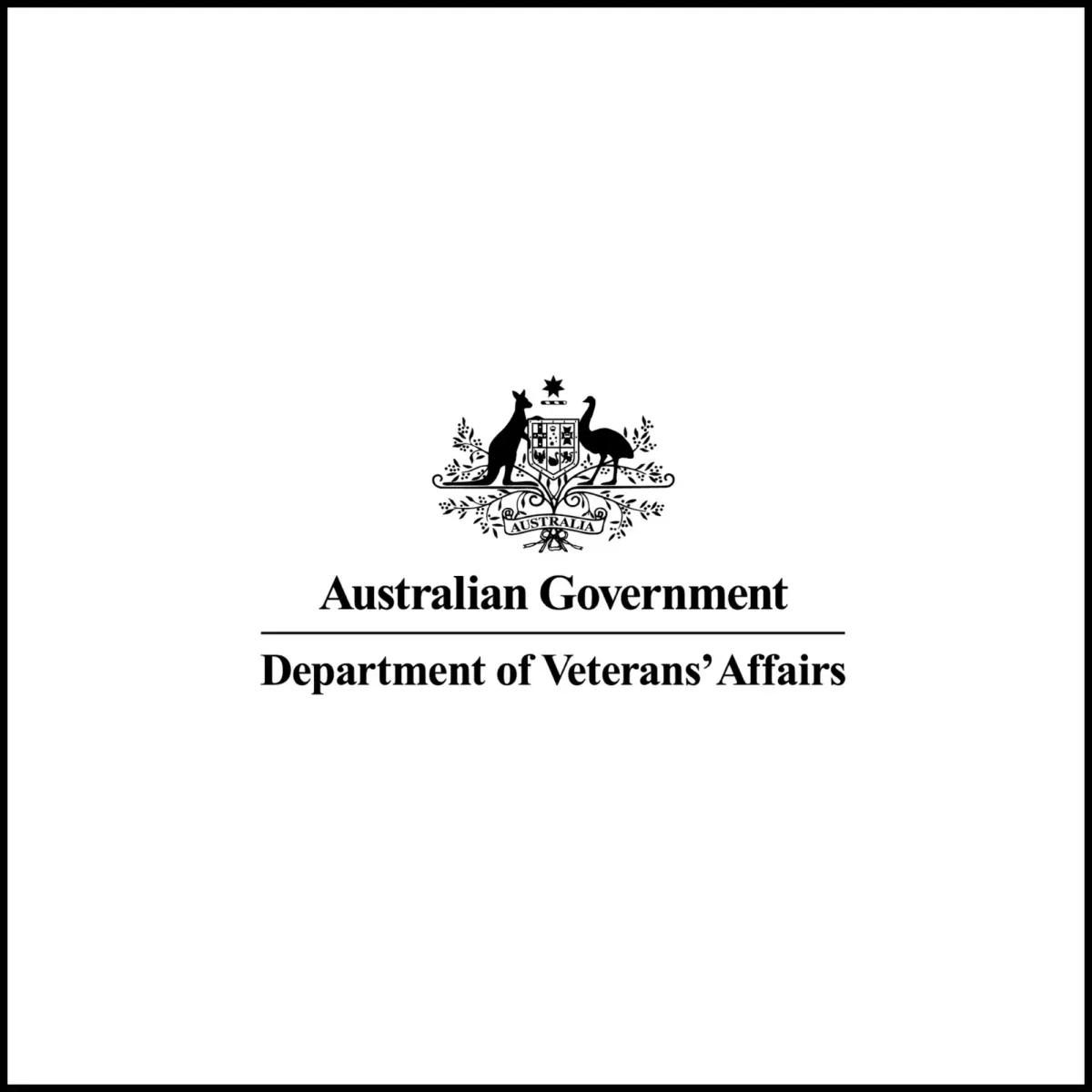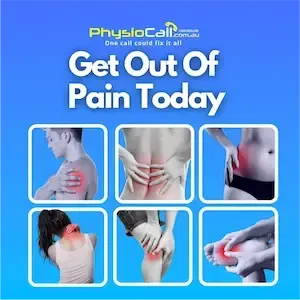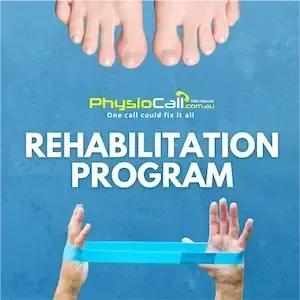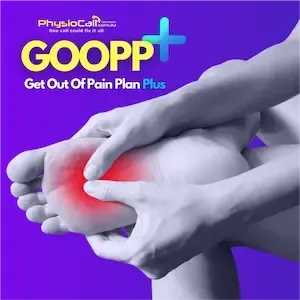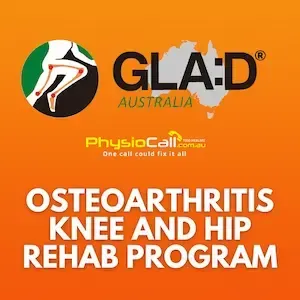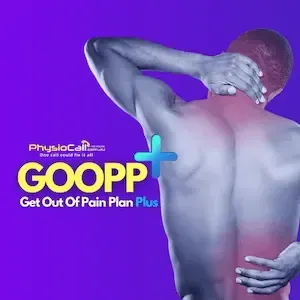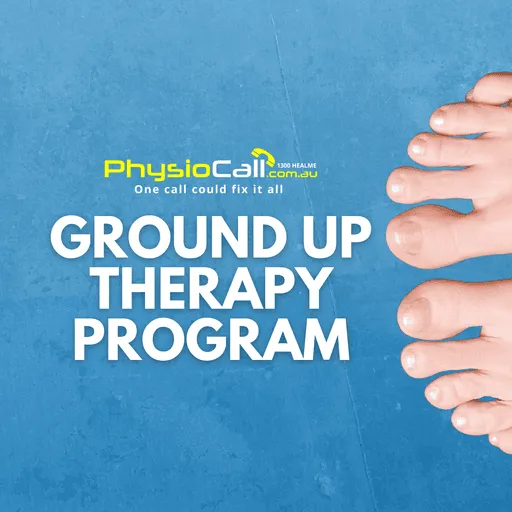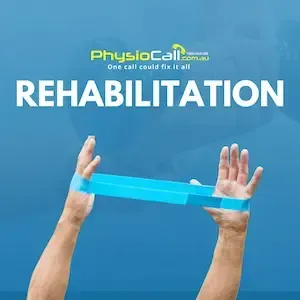Gua Sha
Gua Sha: The Ultimate Guide to Understanding Gua Sha Therapy
Outline
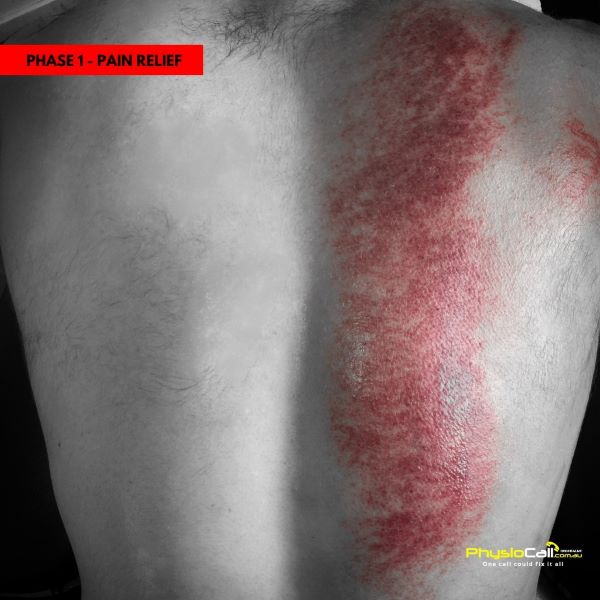
Introduction
In the world of holistic health and wellness, ancient practices are making a strong comeback, and Gua Sha is one of the most popular. Known for its ability to relieve pain, improve circulation, and promote overall well-being, Gua Sha has been used for centuries in traditional Chinese medicine (TCM). But what exactly is Gua Sha, and how can it benefit your body and mind? In this guide, we’ll explore everything you need to know about Gua Sha, from its origins and techniques to its modern applications and benefits.
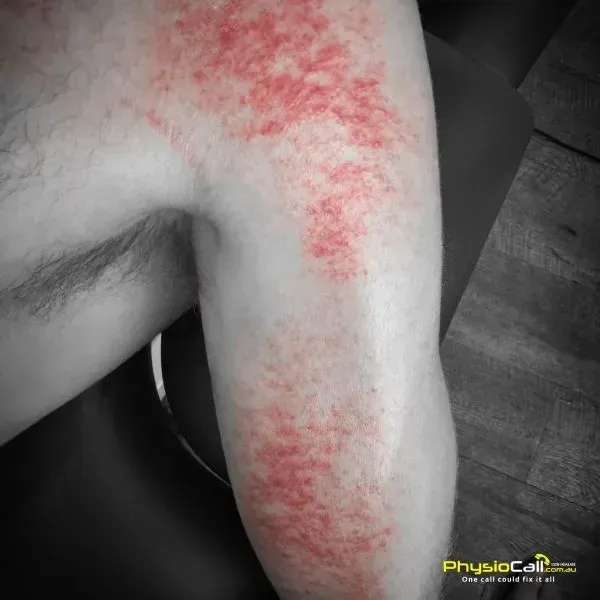
What is Gua Sha?
Gua Sha (pronounced "gwa-shah") is a traditional Chinese healing technique that involves scraping the skin with a smooth-edged tool to stimulate circulation and release tension. The term "Gua" means "to scrape" or "rub," while "Sha" refers to the red or purple marks that may appear on the skin after treatment. These marks are believed to indicate the release of toxins and stagnant energy, or "Qi," from the body.
History and Origins of Gua Sha
Gua Sha has been practised for thousands of years as part of traditional Chinese medicine. Originally used to treat illnesses, fevers, and pain, it was believed to restore balance to the body’s energy flow. Over time, Gua Sha has evolved into a versatile therapy used for both medical and cosmetic purposes, gaining popularity worldwide for its natural and non-invasive approach to healing.
How Gua Sha Works
Gua Sha is based on the principles of traditional Chinese medicine, which views the body as a network of energy pathways, or meridians. When Qi (energy) becomes blocked or stagnant, it can lead to pain, illness, or other imbalances. By scraping the skin, Gua Sha helps to:
Stimulate blood flow and oxygenation.
Release toxins and metabolic waste.
Break up fascia adhesions (tight connective tissue).
Promote lymphatic drainage, reducing swelling and inflammation.
Biological Effects on the Body
Radial Shockwaves: Low to medium-energy waves that spread over a larger area, ideal for surface-level conditions and larger muscle groups.
Focused Shockwaves: High-energy waves that target deeper tissues, making them effective for localized injuries and chronic conditions.
Biological Effects on the Body
Shockwaves trigger cellular responses that reduce inflammation, alleviate pain, and accelerate tissue regeneration. Over time, this leads to improved mobility, reduced discomfort, and long-term healing.
Ready to Start Your Physio treatment in Gladstone?
Types of Gua Sha
1. Therapeutic Gua Sha
This form of Gua Sha focuses on relieving pain, tension, and other physical ailments. It is often used to treat conditions such as:
Chronic pain (e.g., back, neck, and shoulder pain).
Muscle stiffness and tightness.
Headaches and migraines.
Respiratory issues like colds or bronchitis.
2. Cosmetic Gua Sha
Also known as Facial Gua Sha, this modern adaptation is designed to enhance skin health and appearance. It involves gentle scraping of the face to:
Reduce puffiness and dark circles.
Improve skin elasticity and tone.
Stimulate collagen production.
Promote a natural, radiant glow.
Conditions Treated by Gua Sha
Gua Sha is a versatile therapy that can address a wide range of physical and cosmetic concerns. Some of the most common conditions treated include:
Pain and Tension
Neck and Shoulder Pain: Gua Sha can relieve tension caused by poor posture or stress.
Back Pain: Helps to release tight muscles and improve mobility.
Joint Pain: Reduces inflammation and stiffness in conditions like arthritis.
Chronic Illnesses
Migraines and Headaches: Alleviates tension and improves blood flow to the head.
Respiratory Issues: Clears congestion and improves breathing in cases of colds or bronchitis.
Skin and Beauty Concerns
Puffiness and Swelling: Promotes lymphatic drainage to reduce fluid retention.
Fine Lines and Wrinkles: Stimulates collagen production for smoother, firmer skin.
Acne and Redness: Improves circulation and reduces inflammation, helping to calm irritated skin.
Programs
The Osteo Knee and Hip Program is a customized rehab plan based on physical therapy and exercise, combined with dietary support.
Dedicate yourself to receiving 5 pain relieving treatment physio sessions to reduce inflammation and injury, whilst improving symptoms and confidence. Fixed price physio with a discount.
A comprehensive approach designed to address the full spectrum of physical health needs, from injury prevention and management to strength and endurance training.
The Gua Sha Process
What to Expect During a Gua Sha Session at PhysioCall.com.au
A typical Gua Sha session begins with the application of oil or lotion to the skin to reduce friction. The practitioner then uses a Gua Sha tool to scrape the skin in long, firm strokes, following the body’s meridians or areas of tension. The pressure can range from gentle to firm, depending on the purpose of the treatment.
For therapeutic Gua Sha, you may notice red or purple marks (Sha) on the skin, which usually fade within a few days. These marks are a sign of improved circulation and the release of stagnant energy.
Duration and Frequency
Therapeutic Gua Sha: Sessions typically last 1–10 minutes and may be repeated weekly or as needed.
Side Effects and Recovery
Gua Sha is generally safe, but some mild side effects may occur, such as:
Temporary redness or bruising.
Slight tenderness in the treated area.
These effects are normal and usually subside within a few days. There’s no downtime, so you can resume your daily activities immediately after treatment.
Benefits of Gua Sha
Relieves Pain and Tension: Effective for chronic pain, muscle tightness, and headaches.
Improves Circulation: Enhances blood flow and oxygenation, promoting faster healing.
Reduces Inflammation: Helps to alleviate swelling and redness in both the body and face.
Boosts Skin Health: Facial Gua Sha improves skin tone, elasticity, and radiance.
Promotes Relaxation: The soothing strokes of Gua Sha can reduce stress and improve overall well-being.
Gua Sha vs. Other Treatments
Comparison with Massage Therapy
While both Gua Sha and massage therapy aim to relieve tension and improve circulation, Gua Sha uses a tool to target deeper layers of tissue and break up adhesions more effectively.
Comparison with Acupuncture
Acupuncture uses needles to stimulate specific points on the body, while Gua Sha involves scraping the skin. Both are rooted in traditional Chinese medicine and can complement each other for a holistic approach to healing.
Cost-Effectiveness
Gua Sha is often more affordable than other treatments like acupuncture or professional facials, making it an accessible option for many people.
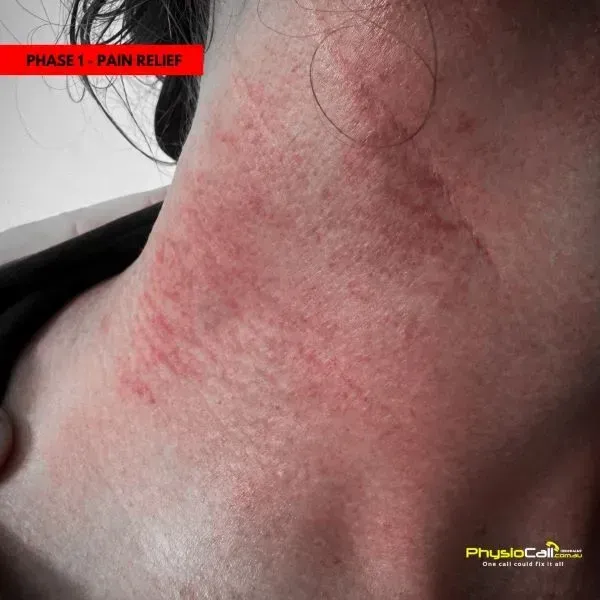
Who Can Benefit from Gua Sha?
Athletes: Relieves muscle soreness and speeds up recovery after intense workouts.
Office Workers: Eases neck and shoulder tension caused by long hours at a desk.
Individuals with Chronic Pain: Provides relief for conditions like arthritis or migraines.
Beauty Enthusiasts: Enhances skin health and appearance naturally.
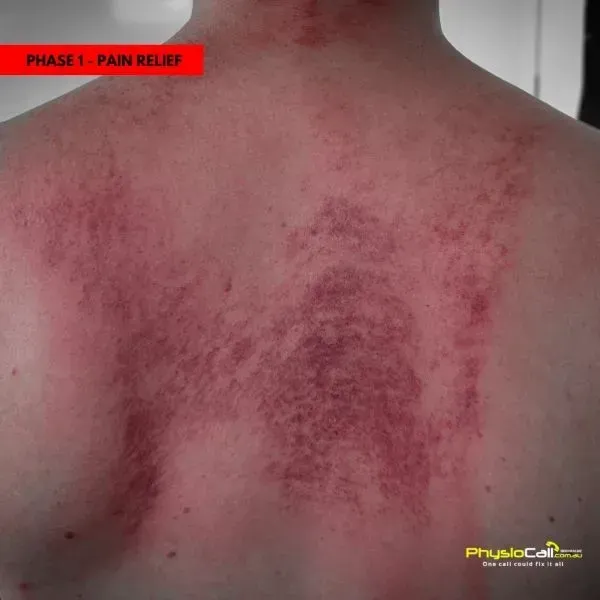
Risks and Considerations
Who Should Avoid Gua Sha?
Individuals with blood clotting disorders or on blood-thinning medications.
Pregnant women (consult a healthcare provider first).
People with open wounds, infections, or skin conditions in the treatment area.
Potential Side Effects
While Gua Sha is generally safe, improper technique or excessive pressure can cause discomfort or bruising. Always seek treatment from a trained professional.
How to Choose a Shockwave Therapy Provider
Qualifications and Experience: Look for a practitioner trained in traditional Chinese medicine or holistic therapies.
Tools and Techniques: Ensure they use high-quality tools and proper techniques for safe and effective treatment.
Patient Reviews: Check testimonials to gauge the practitioner’s expertise and client satisfaction.
Our Expert Team
Our experienced team at PhysioCall.com.au Gladstone is dedicated to providing high-quality service and personalized care to each of our clients. As primary health care professionals, no Doctor referral is required. Book an appointment online to see us today.
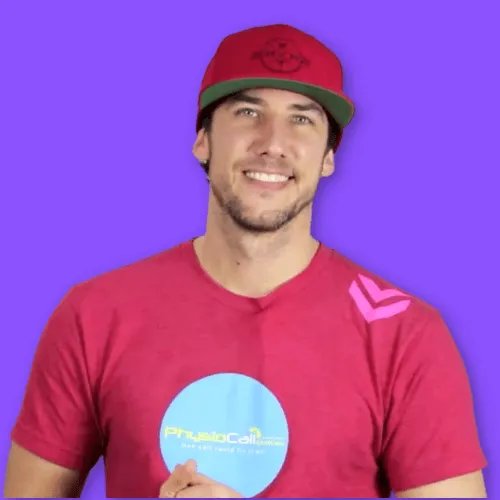
Joshua Iaquinto
Gladstone Physiotherapist
16+ years

Joshua Hughes
Gladstone Physio
3+ years
Gua Sha at Home
Gua Sha can also be practised at home with the right tools and guidance. For beginners, start with a Gua Sha routine using a jade or rose quartz tool. Follow online tutorials or consult a professional to learn proper techniques and avoid injury.
Conclusion
Gua Sha is a time-tested healing technique that offers a wide range of benefits, from relieving pain and tension to enhancing skin health and beauty. Whether you’re looking to address chronic pain, improve your skin’s appearance, or simply relax and unwind, Gua Sha is a natural, non-invasive option worth exploring. As with any treatment, consult a qualified practitioner to ensure it’s right for you.
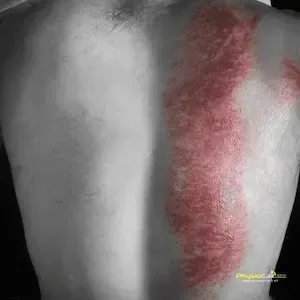
Locations
PhysioCall.com.au
25 Philip Street, South Gladstone Queensland 4680, Australia
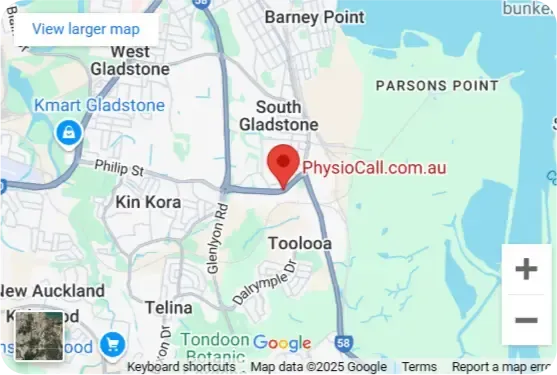
FAQs
Does Gua Sha hurt?
Gua Sha is generally painless, though therapeutic sessions may cause mild discomfort or redness.
How often should I have Gua Sha treatment?
For therapeutic purposes, gua sha occurs during the hands-on treatment phase of physiotherapy or during the maintenance stage, which many people receive monthly.
Can I do Gua Sha at home?
Yes, but it’s important to learn proper techniques to avoid injury.
Is Gua Sha safe for everyone?
While Gua Sha is safe for most people, consult a healthcare provider if you have any medical conditions or concerns.
What tools are best for Gua Sha?
Jade and rose quartz tools are popular for facial Gua Sha, while larger tools made of stainless steel.
25 Philip Street, South Gladstone, QLD, 4680 Australia
07 4962 0411 (Customer Support)

